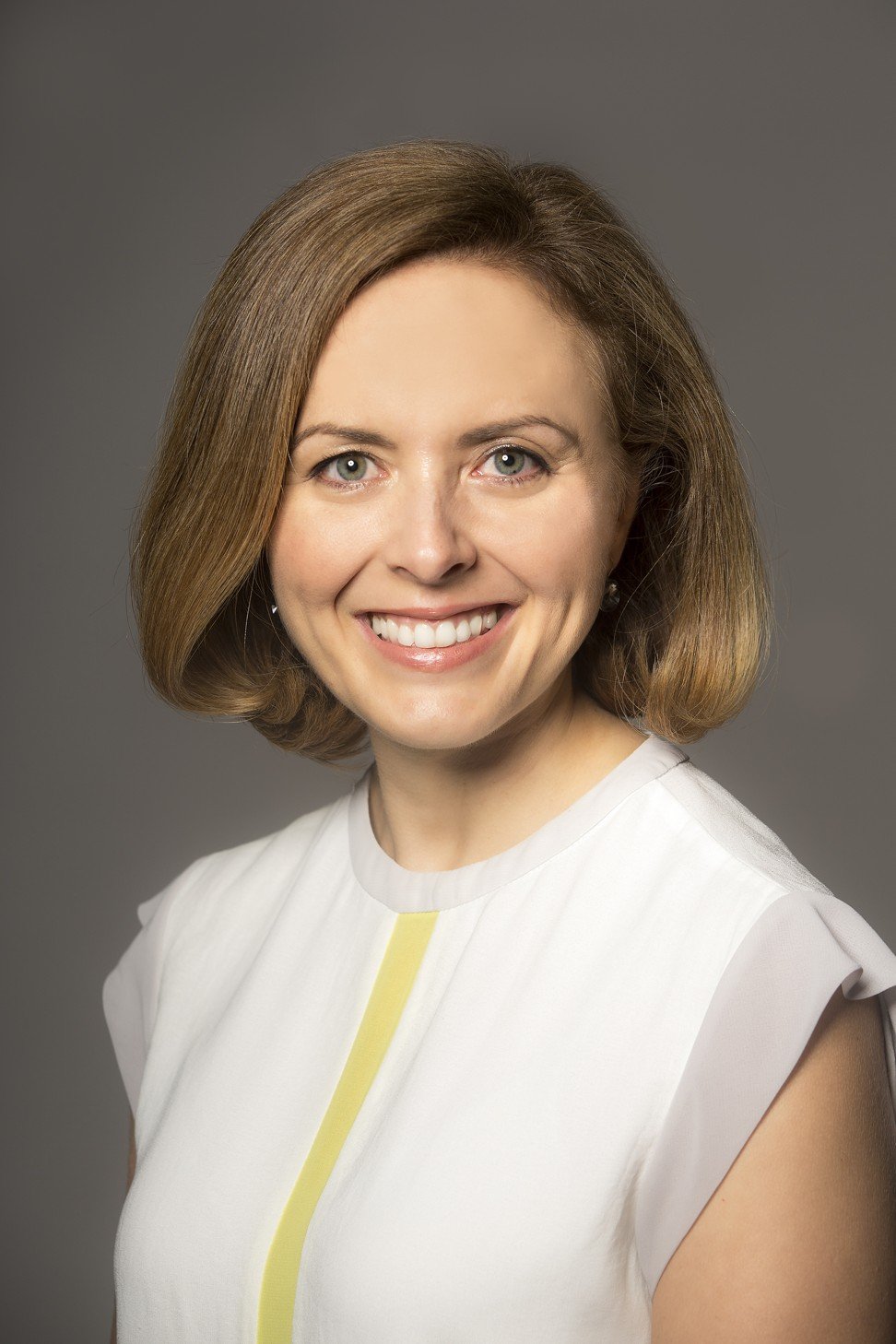
The Kardashians did it, but would you? Eating human placenta – we look at the pros and cons
Some say eating placenta prevents postnatal depression, and in Chinese medicine capsules of dried placenta help balance hormones and speed post-partum recovery, but doctors warn of toxins and viruses that linger in the organ

What do Kim and Kourtney Kardashian, January Jones and Alicia Silverstone have in common? Besides being Hollywood celebrities, they are among a growing number of Western women who have eaten their babies’ placenta. ““Every time I take a pill, I feel a surge of energy and feel really healthy and good,” the older Kardashian sister wrote in her blog in December 2015, while Jones revealed in an interview that eating her baby’s placenta helped prevent postnatal depression.
Theirs are not new claims. The medicinal properties of the placenta were first reported in China in the 1500s, and in traditional Chinese medicine (TCM), consuming one’s placenta is thought to have a host of benefits, from balancing the hormones, aiding postnatal recovery, reducing bleeding and increasing breast milk production. The placenta is typically steamed before being dehydrated and put into capsules (called ziheche, or “purple river vehicle”, in TCM), although some mothers have also consumed their placenta fresh or frozen.
The placenta is the organ connecting a fetus to its mother’s womb. In addition to being a barrier that protects against infection, it transports oxygen and nutrients from the mother and helps remove chemicals and waste products that can harm the fetus. Many animals are known to consume their placenta after giving birth, but until recently, human placenta was deemed clinical waste and routinely discarded.

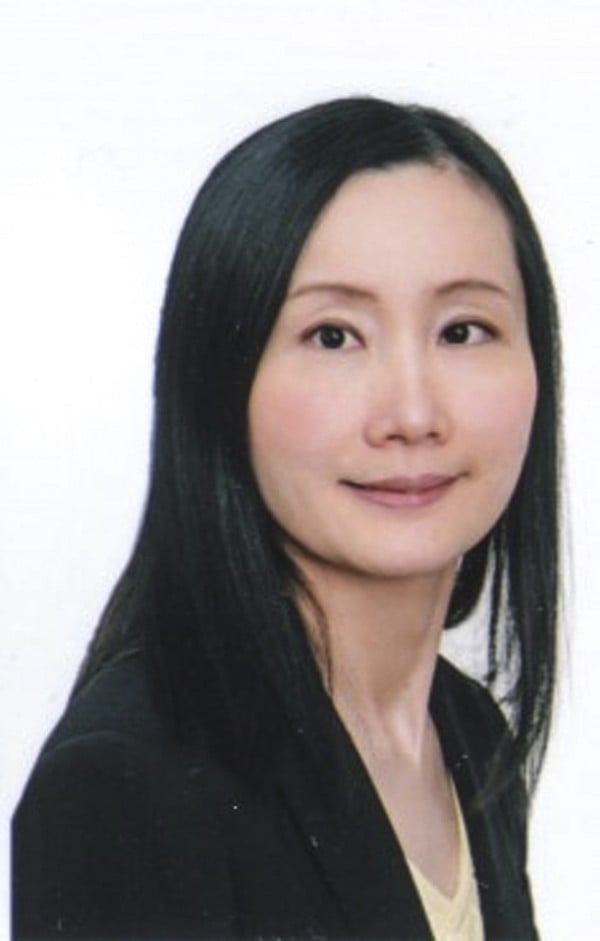
I know mothers who have consumed their placenta in capsule form and swear by it
In fact, consuming placenta, also known as placentophagy, is thought to be harmful. This June, the US Centres for Disease Control and Prevention (CDC) published a case of a newborn having developed recurrent group B Streptococcus sepsis. The baby’s mother had been taking placenta capsules thrice daily, and the capsules were later found to be the source of the baby’s infection.
The CDC later hypothesised that the placenta had not been adequately treated before being made into capsules. “The placenta can contain bacteria,” says Ong. “Even viruses, like HIV, Zika and hepatitis can remain in the organ after the mother has given birth, and heat treatment may not necessarily remove them.” Certain toxic substances, like prescription drugs and mercury, can also remain in the placenta tissue and potentially harm the mother if ingested.
Ong has never had a request from a patient to take home her afterbirth, but she says that if she did, she would let them know about the reported risks of consuming their placenta in any form, as well as the lack of evidence about its benefits.
A woman who gives birth in a private hospital in Hong Kong and asks to take her placenta home must sign a form stating that she knows the placenta is clinical waste and that she knows the risks associated with consuming it, says Ong. “The patient should be counselled and made aware of the risks before making a decision. But even after all that, if she insists on taking home her placenta then I will respect her wishes.”
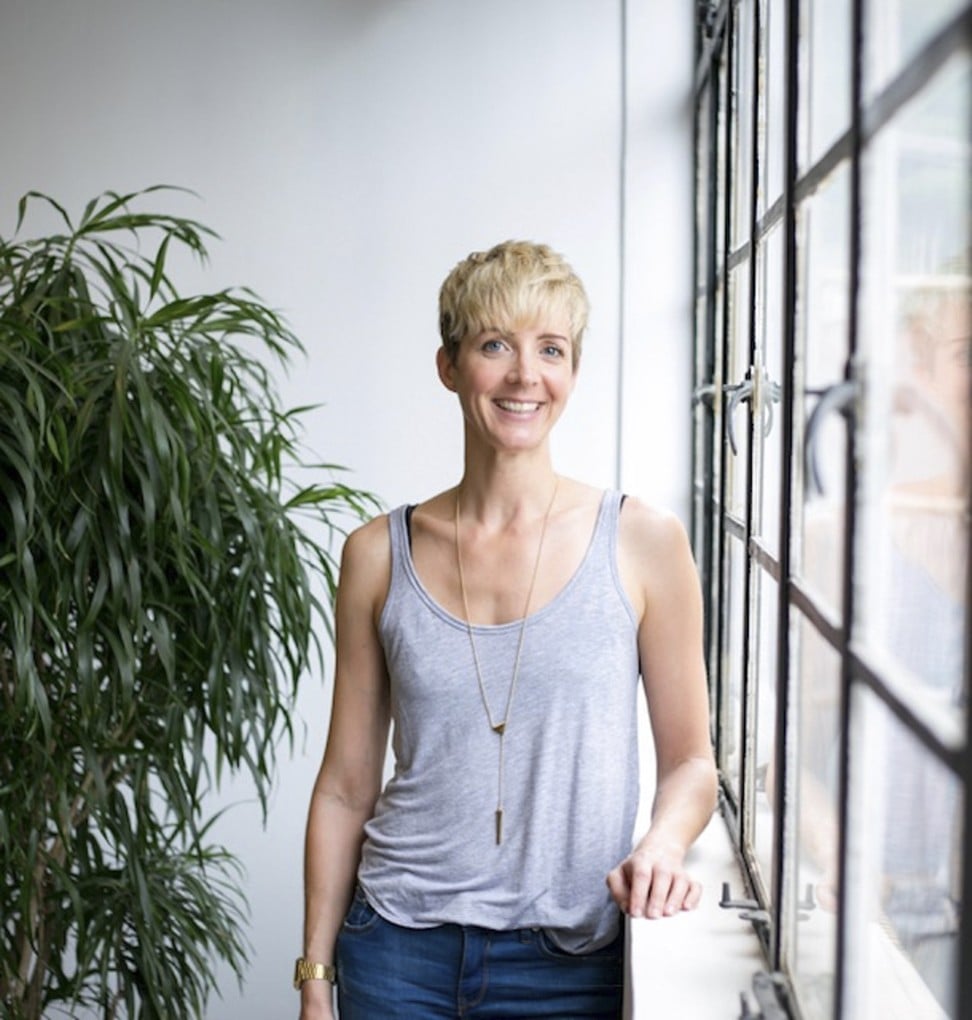
The placenta can contain bacteria. Even viruses, like HIV, Zika and hepatitis can remain in the organ after the mother has given birth
Despite being aware of the risks of placentophagy, some new mothers are still keen to transform their placentas into remedies. Jeanne Hauguel, a doula – who gives support, help, and advice to another woman during pregnancy and during and after the birth – from Doula Birth Story in Hong Kong, says about half of her clients have asked her to encapsulate their placentas. Many of these clients are Chinese who believe in the efficacy of traditional Chinese medicine remedies and have been instructed by their mothers and grandmothers to take placenta capsules.
“Non-Chinese clients ask me for placenta remedies, too, but they’ve mostly heard about the benefits from their friends or colleagues,” Hauguel adds. “They believe it increases their energy levels and reduces postnatal depression.”
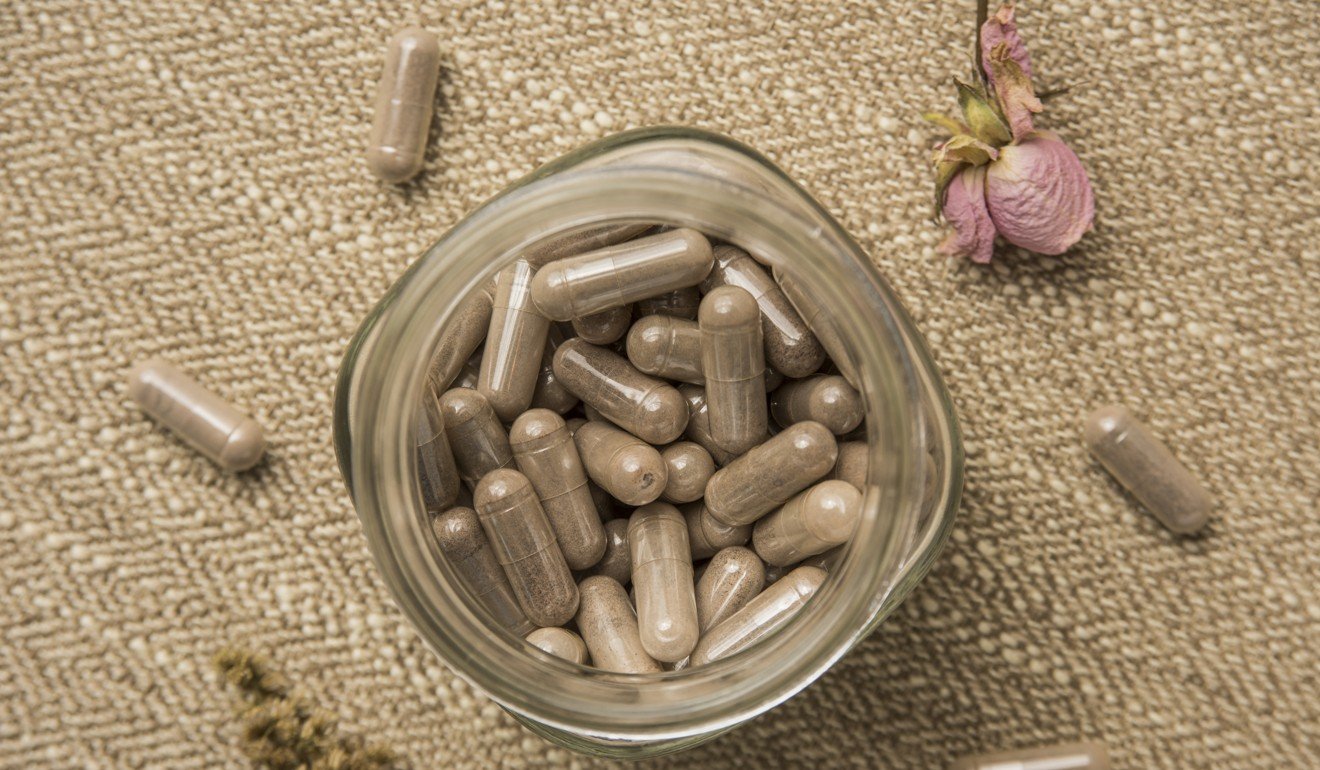
She makes more “simple” capsules from placenta that is dehydrated but not steamed first. “It’s debatable as to which method is superior,” says Hauguel, “but we’ve found the results of both methods to be quite similar.”
Hauguel prepares other placenta remedies, including placenta essence: depositing a small section of raw placenta in distilled water for about four hours in a sunlit room before straining the liquid into a clean amber glass bottle and combining it with drinking alcohol, such as vodka or brandy. The resulting essence is thought to stimulate one’s “vital force”, she says, to aid in times of distress, and boost energy and strength during illness.
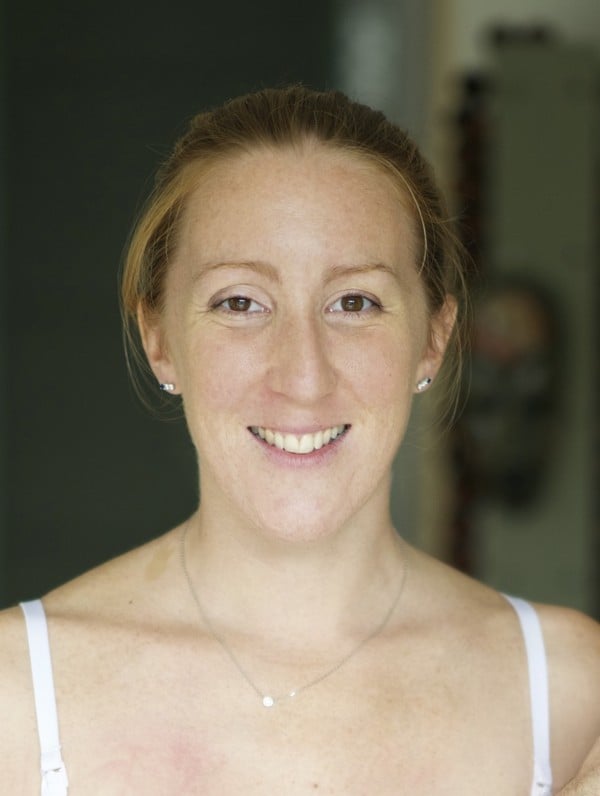
Hauguel recommends new mothers who want to use such remedies ensure they hire a specialist who has been trained and certified by a reputable placenta network (Hauguel was trained by IPEN – Independent Placenta Encapsulation Network). The specialist must also be an active member of the placenta remedies network, which ensures all certifications are up-to-date. Follow the specialist’s guidelines regarding the remedies’ storage and consumption.
New mothers might consider another novel use of the placenta, following Hollywood star Matthew McConnaughey’s lead. He reported having buried his son’s placenta in an orchard, in a nod to an Australian aboriginal ritual.